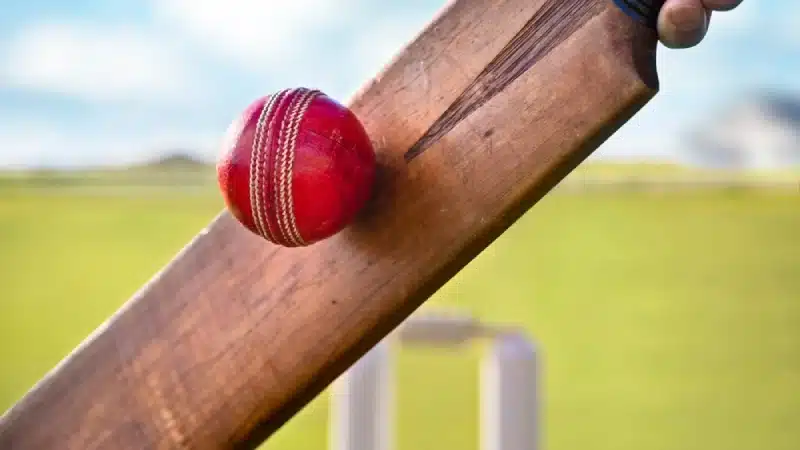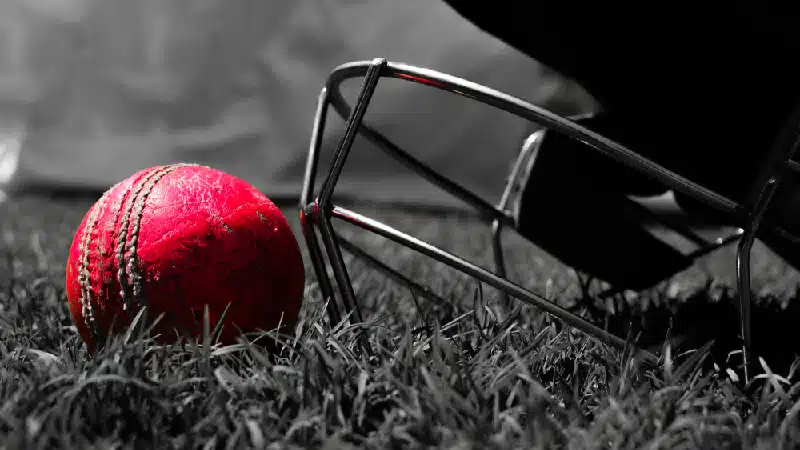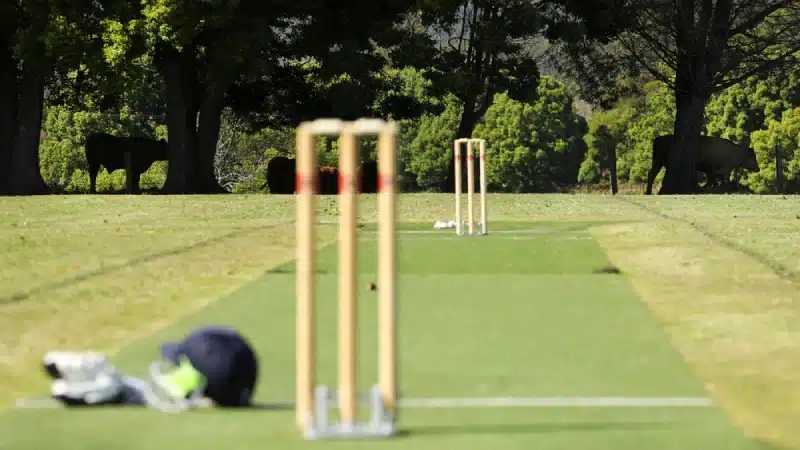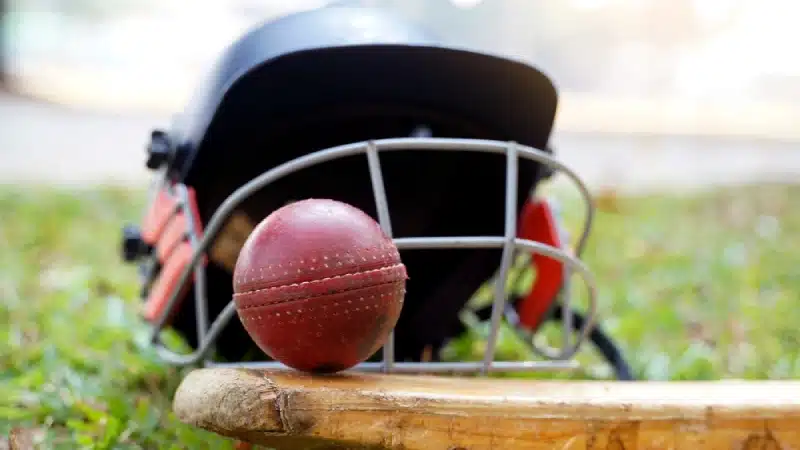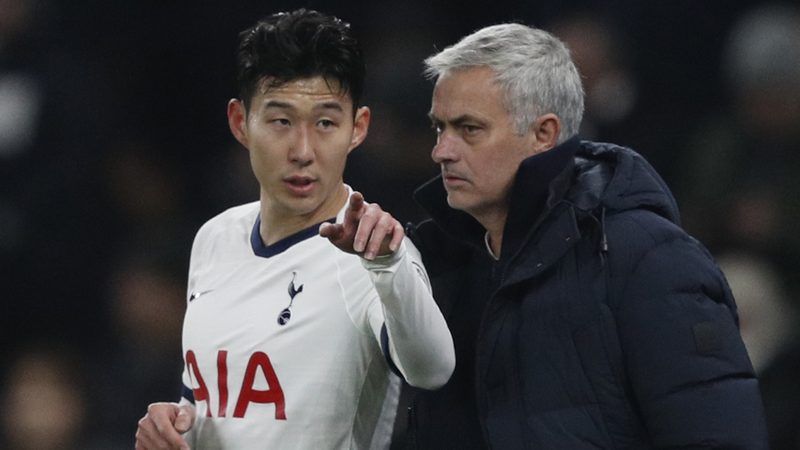
Mauricio Pochettino was relieved of his duties as Tottenham Hotspurs manager in November 2019 and Jose Mourinho took over the role just a few days after. Since then, Tottenham have seen a steady rise in the Premier League table. From 12th place, when Pochettino left, they have come up to fifth place and if things go well, they will see Champions League football next season, which is a big achievement given their position in November. Since Mourinho’s arrival, only Liverpool and Manchester City have accumulated more points than Tottenham.
Read | #MourinhoOut trending hours after his Tottenham appointment
Although critics have been criticizing the Portuguese for his over-simple and mostly defensive setup, it is certain that the team looks fresher and more in tune compared to the start of the season. So the obvious question remains, is Jose Mourinho the solution for Daniel Levy and Tottenham?
Offensive reformation:
Mourinho has been very dynamic in terms of formations since joining Tottenham compared to his time in Manchester United. Although his staple formation has remained 4-2-3-1, he has used 4-3-3, 4-4-2, 3-5-2 whenever required.
Upon arriving, the biggest challenge Mourinho faced was how to manage his full-backs given that they have been the key to his formations over the years. On the right side, his options were Serge Aurier and Kyle Walter-Peters while Danny Rose, Ben Davies and Jan Vertonghen were his choices on the left. Aurier was more comfortable and effective going forward. While on the left, Mourinho decided to send Danny Rose out on a loan and use Vertonghen to form a back three when Aurier is on the offensive. This gave his team a more solid formation while attacking.
Read | These six memes sum up Jose Mourinho’s move to Tottenham
Above the defensive line, Mourinho has used his trademark double-pivot consisting of Harry Winks and Eric Dier. While Pochettino used his defensive midfielders to press high and participate in creating attacks, Mourinho has used them in a more defensive role.
During attacks, the likes of Aurier and Son Heung-Min stretch the game to extreme and this enables the right-midfielder to check inside, thus creating an overload in the wings. This has resulted in Aurier's increase in the number of crosses. Aurier has already provided three assists for Jose Mourinho compared to his one for Pochettino.
In the attacking third, both Son and Dele Alli are well-equipt on the ball and off it, with Winks working as the metronome of the team and Dier working as a shield. Winks has more passes in the midfield (53 per game) than anyone else in the team. Son's ability to cut inside and go for the goal as well as run down the flanks and put devilish crosses is making Tottenham a more effective attacking side. In fact, he has been averaging 2.3 successful dribbles per game this season, something that Tottenham missed badly against Chelsea at Stamford Bridge on Saturday.
Alli has enjoyed a new lease of life under Mourinho. While Pochettino used Dele to create attacks from deep inside the midfield as well as press higher up the pitch, Mourinho has given him a more free role. Alli has scored five goals, assisting three under Mourinho. He has also seen a rise in his shots per game from 0.97 to 1.9.
Read | How is Mikel Arteta shaping Arsenal for the future
Defensive organisation
One of the biggest features of Pochettino's gameplay was high-press. But with time, the injury problems and change of personnel have reduced the effectiveness of the press. The passes per defensive action went from approximately six in 2015/16 to almost 11 in 2019/20.
Under Mourinho, Tottenham are less keen on pressing and intend to keep a good shape in the defence. While attacking, Mourinho depends on the passing range of Toby Alderweireld, thus eliminating the chance of losing the ball in the midfield. As a result, Wink's attacking contribution has gone down drastically but at the same time, the chances of transition have also diminished. Alderwiereld has the highest number of passes for the team at 1654 this season, which only reinforces Mourinho’s tactics.
Mourinho's team drops into a 4-4-2 in defence where Alli is usually the counter-attacking outlet and he interchanges positions with the striker in order to form a lethal counter-attack.
Due to these transitions, Tottenham have shown signs of improvements. They have won seven out of 14 games and they are scoring 1.69 goals per game (GPG) compared to the 1.5 GPG under Mauricio Pochettino.
Read | Mikel Arteta’s handling of Granit Xhaka shows touch of class
One also needs to understand that Mourinho is operating without Harry Kane, who is an integral figure of the team's recent success. Kane is out of the team with a thigh muscle rupture and it is uncertain when he would return.
Furthermore, Christian Eriksen’s departure has hindered their growth significantly. Son's arm getting fractured is probably the worst things the manager has to handle this season. Whether he gets more recruits during the summer break is yet to be seen, but seeing how he is bringing his tactical reformation into effect can make the fans hopeful about a better season when Jose will have the entire team at his disposal.













